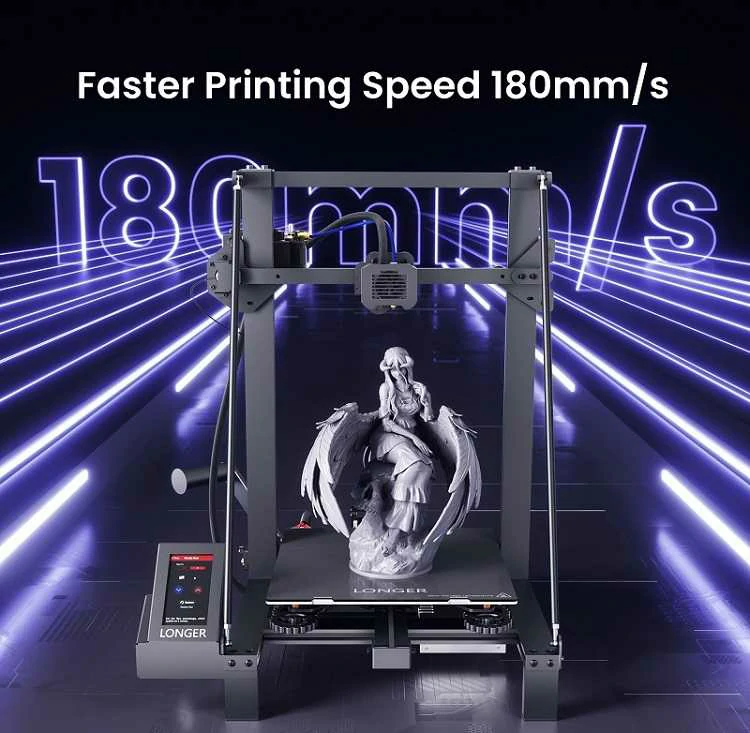When it comes to choosing a 3D printer, there are several factors you need to consider to ensure that you make the right decision. With so many options available in the market, it can be overwhelming to decide which one is the best fit for your needs. In this article, we will discuss the laser engrave machine key factors to consider when choosing a 3D printer.
1. Purpose
The first and foremost factor to consider is the purpose of the 3D printer. Are you a hobbyist looking to explore the world of 3D printing, or do you have specific professional requirements? Understanding your purpose will help you determine the type of printer you need. For example, if you are a hobbyist, a desktop printer may suffice, whereas if you require high precision and accuracy, an industrial-grade printer would be more suitable.
2. Print Quality
The print quality of a 3D printer is determined by various factors, such as layer resolution, filament type, and nozzle size. If you require fine details and smooth surfaces, look for a printer with a high layer resolution. Additionally, consider the filament types supported by the printer and choose one that aligns with your desired output. The nozzle size also plays a role in print quality, with smaller nozzles providing finer details but taking longer to print.
3. Build Volume
The build volume refers to the maximum size of the object that can be printed by the 3D printer. Consider the size of the objects you intend to print and choose a printer with an appropriate build volume. It’s important to note that larger build volumes often come at a higher price tag, so strike a balance between your requirements and budget.
4. Filament Compatibility
Most 3D printers use filament as the printing material, with popular options being PLA and ABS. However, not all printers are compatible with all types of filaments. Before making a decision, ensure that the printer you choose supports the filament materials you intend to work with. This will allow you to experiment with different materials and achieve the desired results.
5. Ease of Use
If you are new to 3D printing, it’s advisable to choose a printer that is easy to set up and operate. Look for features such as a user-friendly interface, intuitive software, and clear instructions. Some printers also offer auto-leveling capabilities, which can simplify the printing process. Consider your level of expertise and choose a printer that matches your skill level.
6. Connectivity Options
Consider how you plan to connect and control the 3D printer. Most printers offer USB connectivity, allowing you to connect directly to a computer. However, some printers also offer wireless connectivity options, such as Wi-Fi or Bluetooth, which provide more flexibility in terms of controlling the printer remotely or sending print jobs from multiple devices.
7. Price
Lastly, consider your budget when choosing a 3D printer. Prices can vary significantly depending on the type of printer and its features. Set a budget range and compare the options available within that range. Keep in mind that while cheaper printers may be more affordable, they may compromise on print quality or other features. Strike a balance between price and performance to get the best value for your money.
Choosing the right 3D printer involves considering factors such as the purpose, print quality, build volume, filament compatibility, ease of use, connectivity options, and price. By carefully evaluating these factors and aligning them with your specific requirements, you can make an informed decision and find a 3D printer that meets your needs.
.webp)
